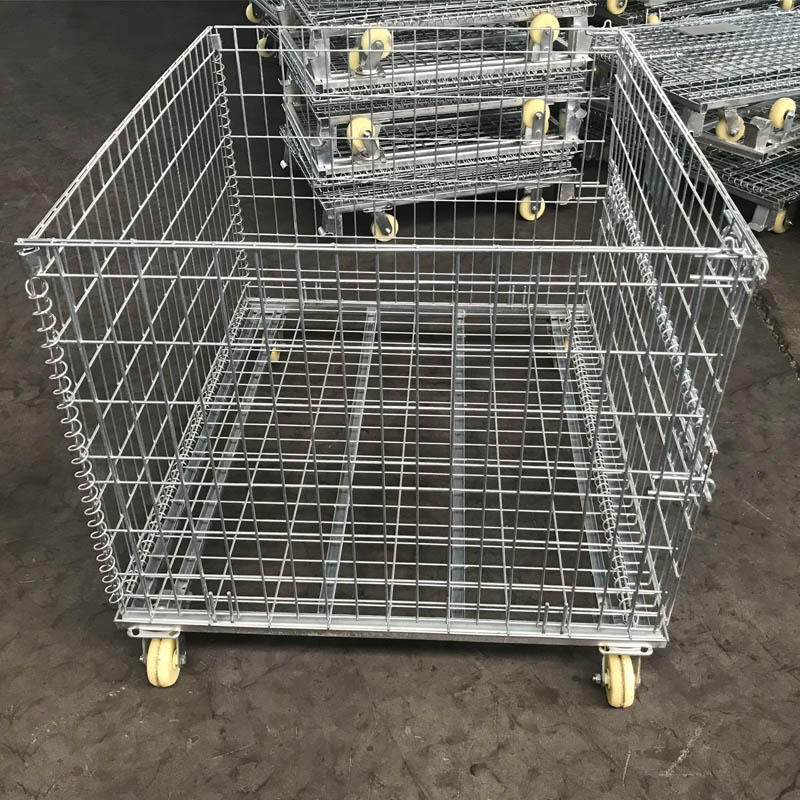
- Mobile Phone
- +8613931874955
- sales@cntcmetal.com
Suppliers of Rib Lath for Construction and Building Projects
Understanding Rib Lath Suppliers A Guide to Your Construction Needs
When embarking on a construction project, selecting the right materials is paramount to the final quality and effectiveness of your structure. Among the essential materials used in interior plasterwork is rib lath, which plays a crucial role in providing the necessary support and foundation for plaster applications. In this context, rib lath suppliers become an important part of the building supply chain, helping contractors and builders obtain the materials needed to complete their projects efficiently and effectively.
What is Rib Lath?
Rib lath is a type of metal lath that is typically used as a base for plaster, both in ceilings and walls. It consists of thin sheets of metal, often made from galvanized steel, which are designed with ribbed patterns to increase adhesion and provide stronger support for plaster. The ribs create a framework that allows the plaster to bond securely, ensuring durability and resistance to cracking. Rib lath is especially beneficial in areas where the plaster may face stress or settlement, as it distributes weight evenly and enhances the integrity of the finished surface.
Why Choose Rib Lath?
Rib lath offers several advantages over traditional lath materials. First, it is lightweight yet exceptionally strong, which simplifies the installation process while ensuring sturdiness. Second, its ribbed design helps prevent the formation of air pockets under the plaster, increasing the overall stability and reducing the chances of cracks. Moreover, rib lath is fire-resistant, adding an extra layer of safety to construction projects.
The Role of Rib Lath Suppliers
Choosing the right rib lath supplier can significantly impact your project’s success. Suppliers are responsible for providing high-quality materials and ensuring that they meet industry standards. A reputable rib lath supplier will offer a variety of products, including different sizes and gauge options, allowing contractors to select the most suitable lath for their specific needs.
Additionally, a reliable supplier will be knowledgeable about the latest trends and technologies in the construction industry. They can provide guidance on the best practices for using rib lath and help contractors navigate any challenges that may arise during installation. Establishing a good relationship with your rib lath supplier can lead to better pricing, timely delivery, and a consistent supply of materials, which are all essential for keeping your project on schedule.
rib lath suppliers

How to Choose a Rib Lath Supplier
When selecting a rib lath supplier, consider the following factors
1. Quality of Products Ensure that the supplier provides rib lath that meets industry standards and is made from high-quality materials. Look for certifications or compliance with relevant regulations.
2. Variety of Options A good supplier should offer a range of rib lath products in different sizes and materials. This allows you to find the best option for your specific project requirements.
3. Customer Service Exceptional customer service is crucial. A supplier should be readily available to answer your questions, provide technical support, and assist you with any issues you may encounter.
4. Industry Experience Suppliers with extensive experience in the construction industry are often more reliable. They likely have a better understanding of material performance and can offer valuable insights.
5. Pricing While cost should not be the only deciding factor, it is essential to find a supplier that offers competitive pricing without compromising on quality.
Conclusion
Rib lath is an indispensable component in modern construction, providing a robust foundation for plasterwork. As you embark on your next project, take the time to research and choose a reputable rib lath supplier. By focusing on quality, variety, customer service, industry experience, and pricing, you will position your project for success, ensuring that it meets both aesthetic and structural standards. Remember, the right supplier can make all the difference in streamlining your construction process and achieving long-lasting results.
share:
-
Your Source for Concrete Wall Ties and Masonry AccessoriesNewsJul.10,2025
-
Unlocking the Power of Iron Wire for Every ProjectNewsJul.10,2025
-
Explore Advanced Chain Wire and Stainless Steel Mesh FencingNewsJul.10,2025
-
Discover the Benefits of Annealed Wire ProductsNewsJul.10,2025
-
Discover China Stainless Steel Wire Mesh SolutionsNewsJul.10,2025
-
Build with Confidence Using High-Performance Masonry AccessoriesNewsJul.10,2025
-
Why Sacrificial Formwork Is Redefining Underground ConstructionNewsJun.06,2025



















